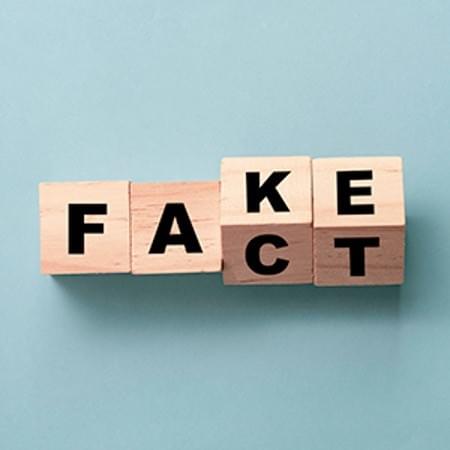
AI is part of our lives now (like it or not), and social media platforms especially seem eager to incorporate it.
For advertisers on social media, AI capabilities can optimize results. For creators, they can be utilized to boost visual quality of content (which should always be labeled as enhanced or created with AI). And for businesses and other users seeking to reach new audiences, consulting generative AI is a convenient way to craft meaningful captions—or even to get an understanding of what’s trending.
It’s important, though, to always remember that AI is a tool and nothing more. In the cases when people don’t, it’s obvious why there’s a much darker side to this technology—for example, AI can be used to create realistic videos that audiences take to be authentic. Purposely spreading misinformation like that is just one of the many issues with AI when it’s employed for nefarious reasons.
Social media platforms face an ongoing battle between enabling AI to benefits users and constantly fighting AI-created content that confuses or misleads it audiences. It’s no wonder AI is always making headlines.
On the for-good side, Meta—owner of Facebook and Instagram—is touting how its AI ad tools can help improve performance for advertising partners. Sharing insights from its Q2 earnings, Meta reported that AI bolsters its platforms’ ability to show people content they’re likely to want to engage and connect with—which, increasingly, takes the form of video.
Meta went on to tout its AI capabilities that businesses can use to determine the best-performing themes and messages, pointing to smaller advertisers with fewer resources as those especially likely to benefit from tapping generative AI to build more variety in what they create. Meta also said it has enhanced its AI tools for advertisers like Value Optimization and Value Rules.
“The future of advertising is video-first, AI-enabled, and culturally connected,” according to the Meta report. “By implementing these three strategic approaches, your business can transform video from a content format into a powerful lever for sustainable growth on Meta’s platforms.”
On the other side of the coin, TikTok has announced updates to its community guidelines aimed at preventing AI misinformation. “Even with labels, some edited or AI-generated content can still be harmful. We don’t allow content that’s misleading about matters of public importance or harmful to individuals,” said a statement from TikTok. Even as it combats a malicious use of AI, TikTok is using AI—along with human moderators—to detect violations before users have to report them. How’s that for the perfect example of how one tool can both be indispensable and devastating?
Last week, Mashable published tips for spotting AI-generated videos—many of which are going viral (when they show such incredible and outrageous content, how could they not?). Ever see the video of adorable animals jumping on a trampoline? Yeah, that’s fake. But it pulls at the heartstrings in such a way that you simply want to believe it’s true. It’s getting harder to differentiate real and fake content these days, due mostly to ever-advancing technology.
Mashable concedes there’s no perfect checklist for identifying AI-generated video, but people should never let their guard down when looking at online content, and there are some things to look for. For one, many AI videos are staged in “oddly specific scenarios”—using night vision, for example—and that context that could be a giveaway. Dark filters make it easier for video creators to hide small glitches. Mashable also suggests checking for time stamps on videos reported to be from doorbell cameras, and paying attention to real-world physics when watching animals perform ridiculous stunts.
Furthermore, readers are warned about videos with a very short runtime, say around 10 seconds or less (or a long video made up of many smaller clips stitched together). Most AI video generators can only produce short clips, and shorter ones have less opportunity to reveal flaws. In terms of sound, synthetic clips often don’t have any or have strangely clean audio or mismatched ambient noise, Mashable notes.
Finally, check the source—if an account seems to only be sharing AI-generated content, well, it would be weird for it to share anything genuine.
(Photo: Getty Images)
